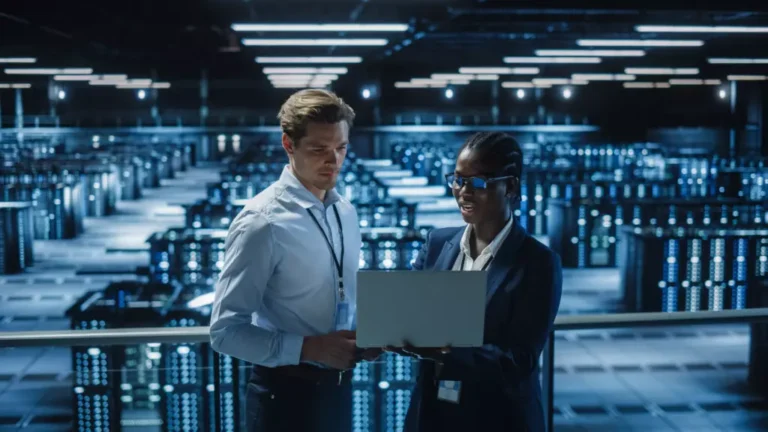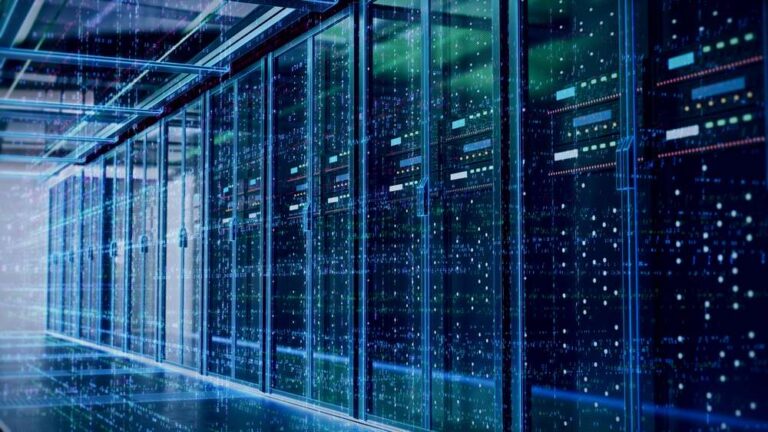StorONE Blog
Check Out Our Latest Tips In Using Storage Technology Most Effectively

Mastering Data Deluge: High-Capacity Storage for the Modern Age
Failure to keep up with this data deluge can lead to significant operational challenges, hindering productivity, innovation, and competitiveness.


Why Software-Defined Storage is Essential For Digital Transformation
May 1, 2024
In 2033, the Software-Defined Storage (SDS) industry is expected to hit $207.6B In 2022, SDS represented $17.85B. That’s 1000% growth in 10 years. If you’ve

Redefining Backups in the Era of Ransomware: Strategies for Immutable, Resilient Data Protection
March 7, 2024
Written by: James Keating In the IT storage world in 2024, there is a lot of talk going on about backups, archives, immutability and ransomware

What is Auto-Tiering?
February 22, 2024
Auto-tiering is a feature that some storage solutions have which enables moving data automatically from one type of storage to another. It is typically associated


